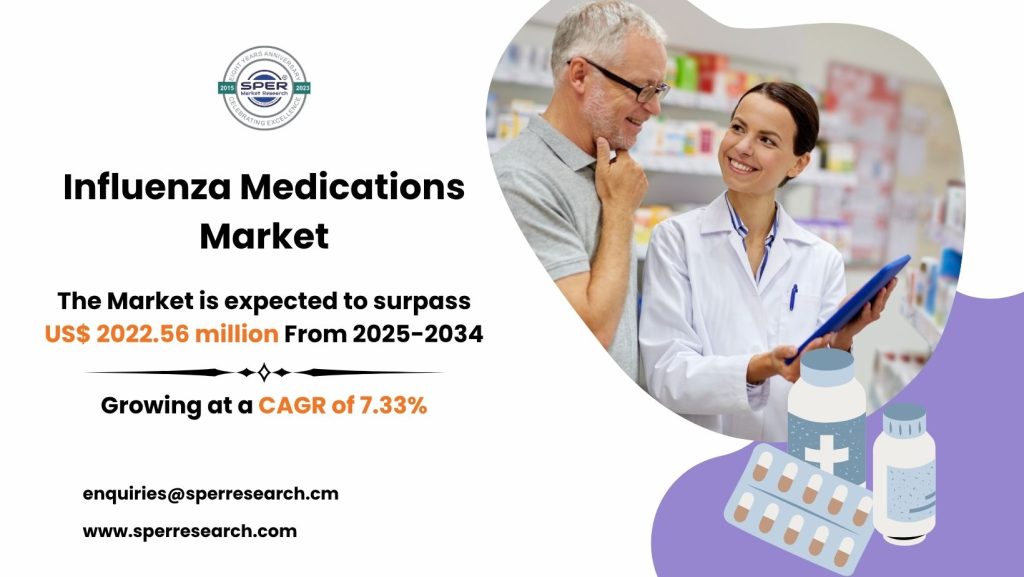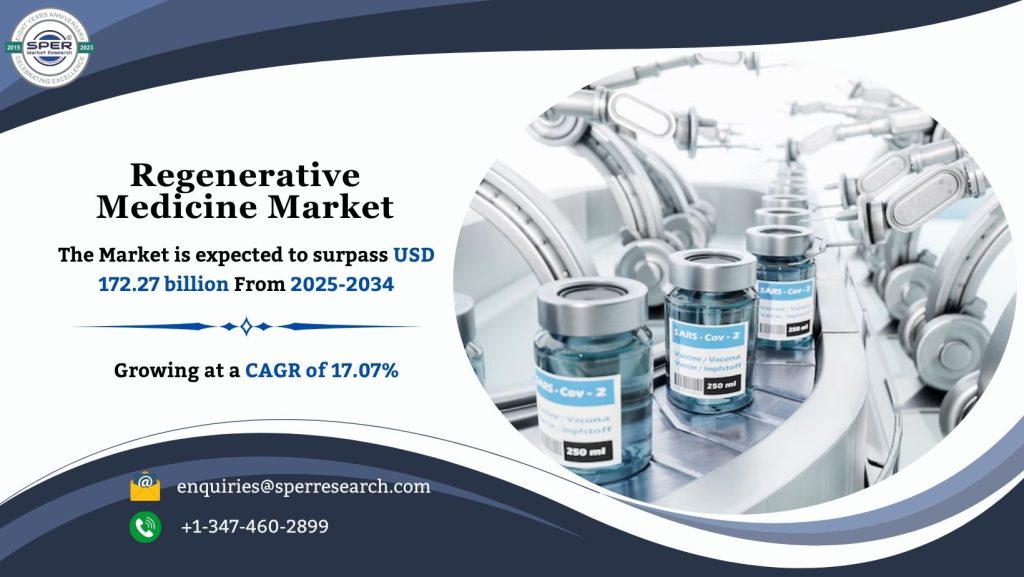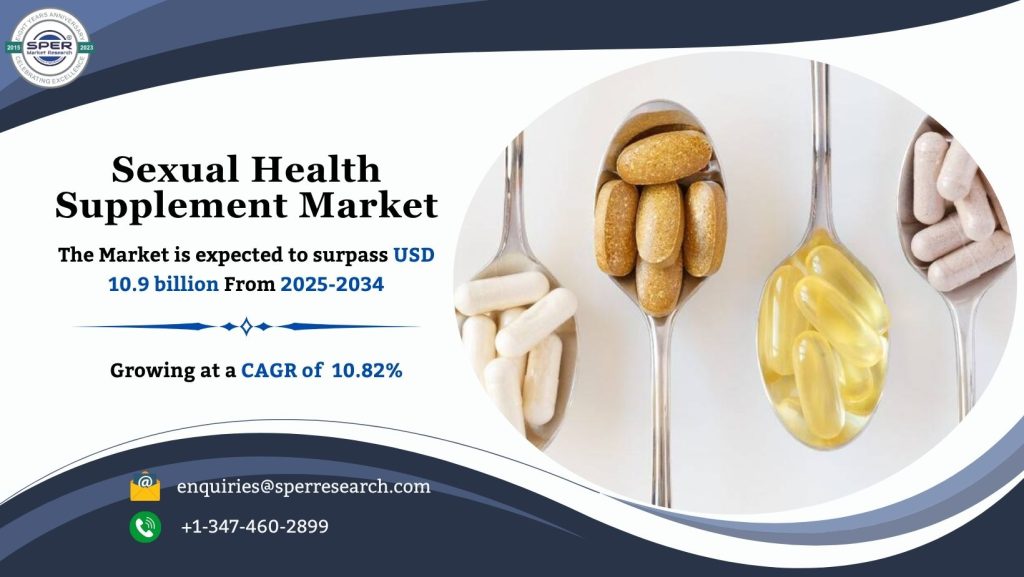Influenza medications refer to pharmaceuticals that are utilized for either the prevention or treatment of infections that are instigated by influenza viruses. These drugs assist in diminishing both the severity and duration of symptoms associated with the flu, which may include fever, cough, bodily aches, and fatigue. The primary categories consist of antiviral agents such as oseltamivir (Tamiflu), zanamivir (Relenza), peramivir (Rapivab), and baloxavir marboxil (Xofluza). The effectiveness of these medications is maximized when they are administered within a 48-hour window following the onset of symptoms. Some of these drugs are also indicated for use in post-exposure prophylaxis.
According to SPER market research, ‘Global Influenza Medications Market Size- By Type, By Distribution Channel – Regional Outlook, Competitive Strategies and Segment Forecast to 2034’ state that the Global Influenza Medications Market is predicted to reach 2020.5 million by 2034 with a CAGR of 7.32%.
Drivers:
A significant factor driving the growth of the influenza treatment market is the heightened awareness of the effects of influenza on human health, alongside a corresponding increase in research and development initiatives aimed at introducing new medications. Current influenza therapies primarily adhere to the guidance provided by regulatory bodies, including the Centers for Disease Control and Prevention (CDC). The serious and potentially harmful nature of influenza has prompted numerous governmental and non-governmental efforts to initiate awareness campaigns focused on the disease. These efforts have resulted in heightened awareness and a greater demand for additional treatment alternatives.
Request a Free Sample Report: https://www.sperresearch.com/report-store/influenza-medications-market?sample=1
Restraints:
The swift evolution of influenza viruses may persist as an obstacle, as it has the potential to decrease the efficacy of current medications while necessitating ongoing revisions of treatment guidelines. Additionally, the accessibility and dependency on seasonal influenza vaccinations will further diminish the need for antiviral medications. Challenges posed by regulatory requirements and complex approval pathways can hinder the timely launch of innovative therapies. Furthermore, restricted access to healthcare infrastructures in economically disadvantaged regions and the deficiency of awareness regarding the availability of antibiotics among certain populations are obstructing the growth of the industry.
In 2024, North America was the leading region in the influenza medications market, primarily due to the substantial burden of influenza infections each year. Factors such as population density, international travel, and seasonal fluctuations contribute to the widespread spread of influenza viruses, resulting in a high demand for influenza medications. The region’s well-established healthcare infrastructure, featuring advanced medical facilities like clinics, hospitals, and pharmacies, is expected to further drive market growth in the area. Some of the key market players are Biondvax, Daiichi Sankyo Company, Hoffmann-La Roche Ltd, GlaxoSmithKline, Genentech USA, Inc, and others.
For More Information, refer to below link: –
Influenza Medications Market Growth
Related Reports:
Anti-Pollution Nasal Spray Market
Follow Us –
LinkedIn | Instagram | Facebook | Twitter
Contact Us:
Sara Lopes, Business Consultant — USA
SPER Market Research
enquiries@sperresearch.com
+1–347–460–2899









